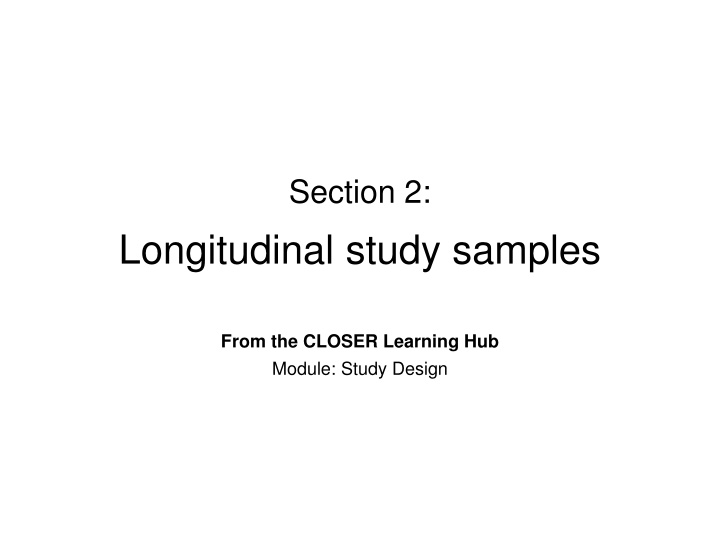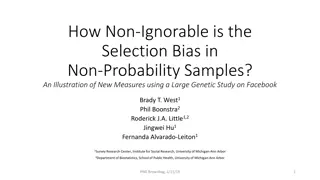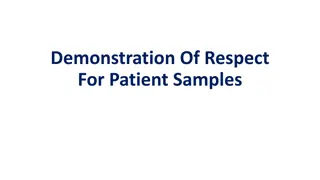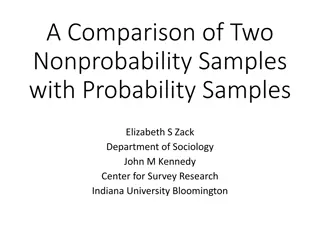
Longitudinal Study Samples: Targeting, Sampling Frames, and Sample Representation
Learn about defining target populations, evaluating sampling frames, examples like Child Benefit Records, sample size considerations, sample selection methods, boosted samples, and more in longitudinal study designs. Explore how to ensure representativity and handle attrition for valuable insights.
Download Presentation

Please find below an Image/Link to download the presentation.
The content on the website is provided AS IS for your information and personal use only. It may not be sold, licensed, or shared on other websites without obtaining consent from the author. If you encounter any issues during the download, it is possible that the publisher has removed the file from their server.
You are allowed to download the files provided on this website for personal or commercial use, subject to the condition that they are used lawfully. All files are the property of their respective owners.
The content on the website is provided AS IS for your information and personal use only. It may not be sold, licensed, or shared on other websites without obtaining consent from the author.
E N D
Presentation Transcript
Section 2: Longitudinal study samples From the CLOSER Learning Hub Module: Study Design
Defining the target population Geographic boundaries: identify a population within certain geographic limits (e.g. city, county, country) Targeting specific groups: identify a population that shares a common experience (e.g. birth year, disease, school year) Targeting the whole population: no limits, challenge is that population changes and sample must be dynamic
Sampling frames Sampling frame: a list of everyone in the target population of interest, from which a sample can be drawn Evaluating a potential sampling frame: Does it include people who are not in the target population? Is it missing people who are in the target population?
Example: Child Benefit Records Sampling frame for the Millennium Cohort Study In 2000-01, Child Benefit was universal records were accurate reflection of all UK families with a child born in the study s target year Today benefit is no longer universal, meaning records no longer useful sampling frame
Sample size Likely achieved sample size: how many participants are likely to take part at any given sweep Response rate: the number of people who complete the survey divided by the number of people who were invited to take part Attrition: participants dropping out of the study, either permanently or temporarily
Sample selection and representivity In many cases, the list of people in the sampling frame is too long and a subset must be selected Different methods used to ensure that any subset remains representative of wider population Opinions differ across disciplines on value of representative sample
Boosted samples Some studies boost numbers for minority groups so there are sufficient numbers for analysis Sample weighting: counting individuals as more/less than one case Weights can be applied to adjust results so they are representative
Boosted samples: examples Understanding Society: boosted samples of Indian, Pakistani, Bangladeshi, Caribbean and African households, currently carrying out new immigrant and ethnic minority boost Millennium Cohort Study: boosted samples from Scotland, Wales and Northern Ireland, and deprived and BAME areas of England






















